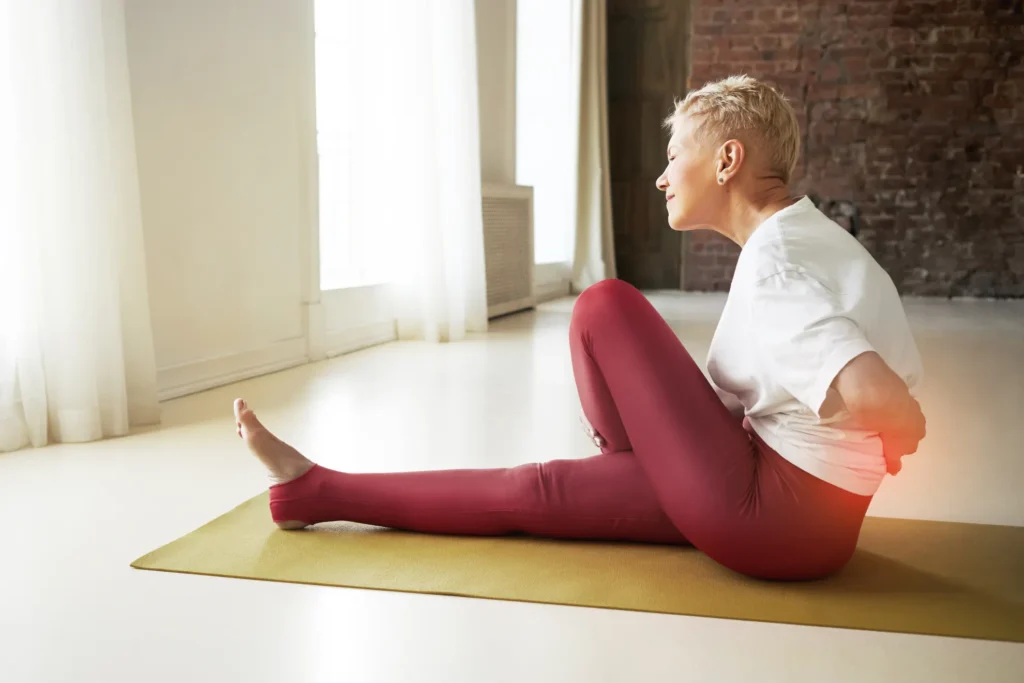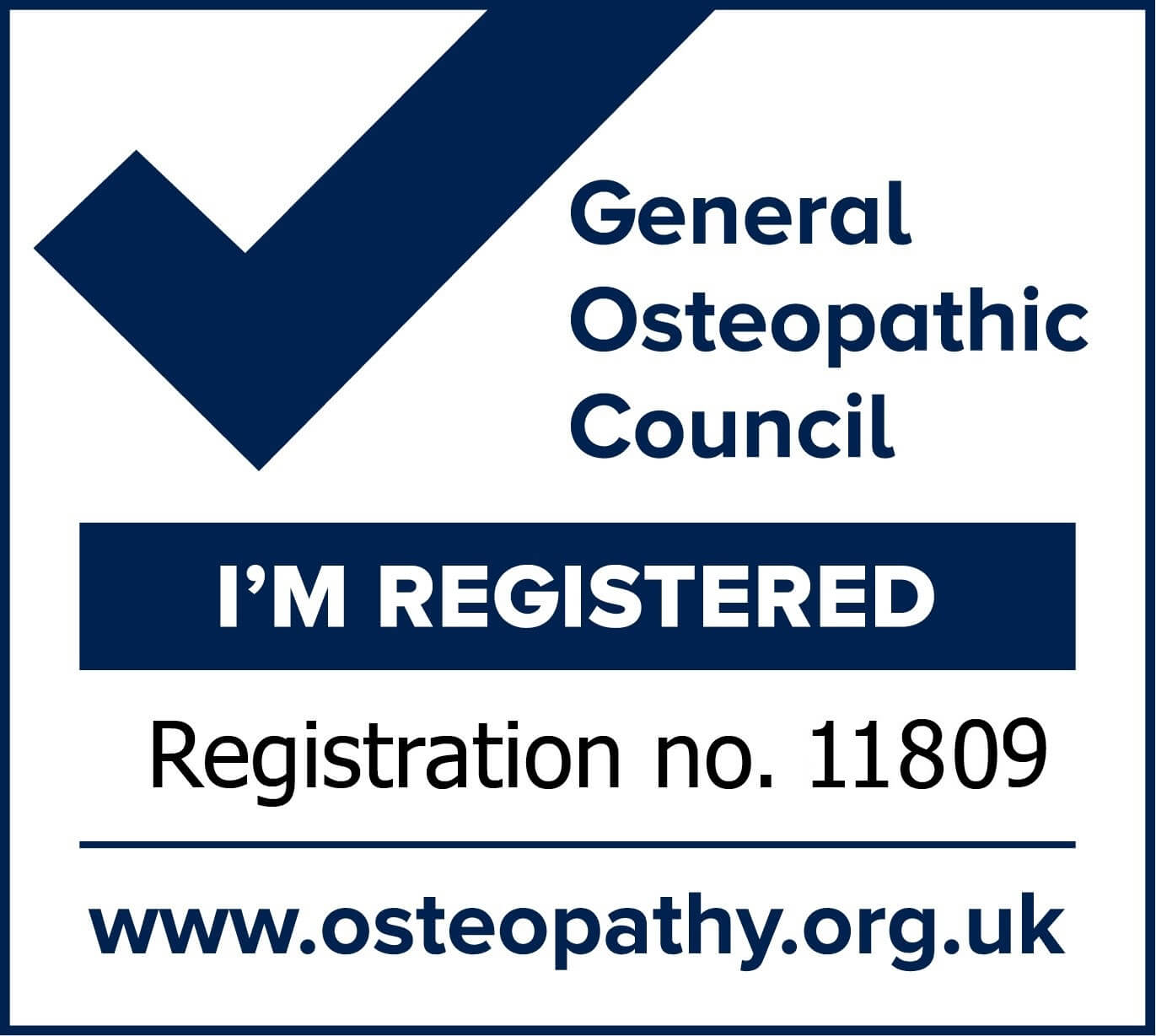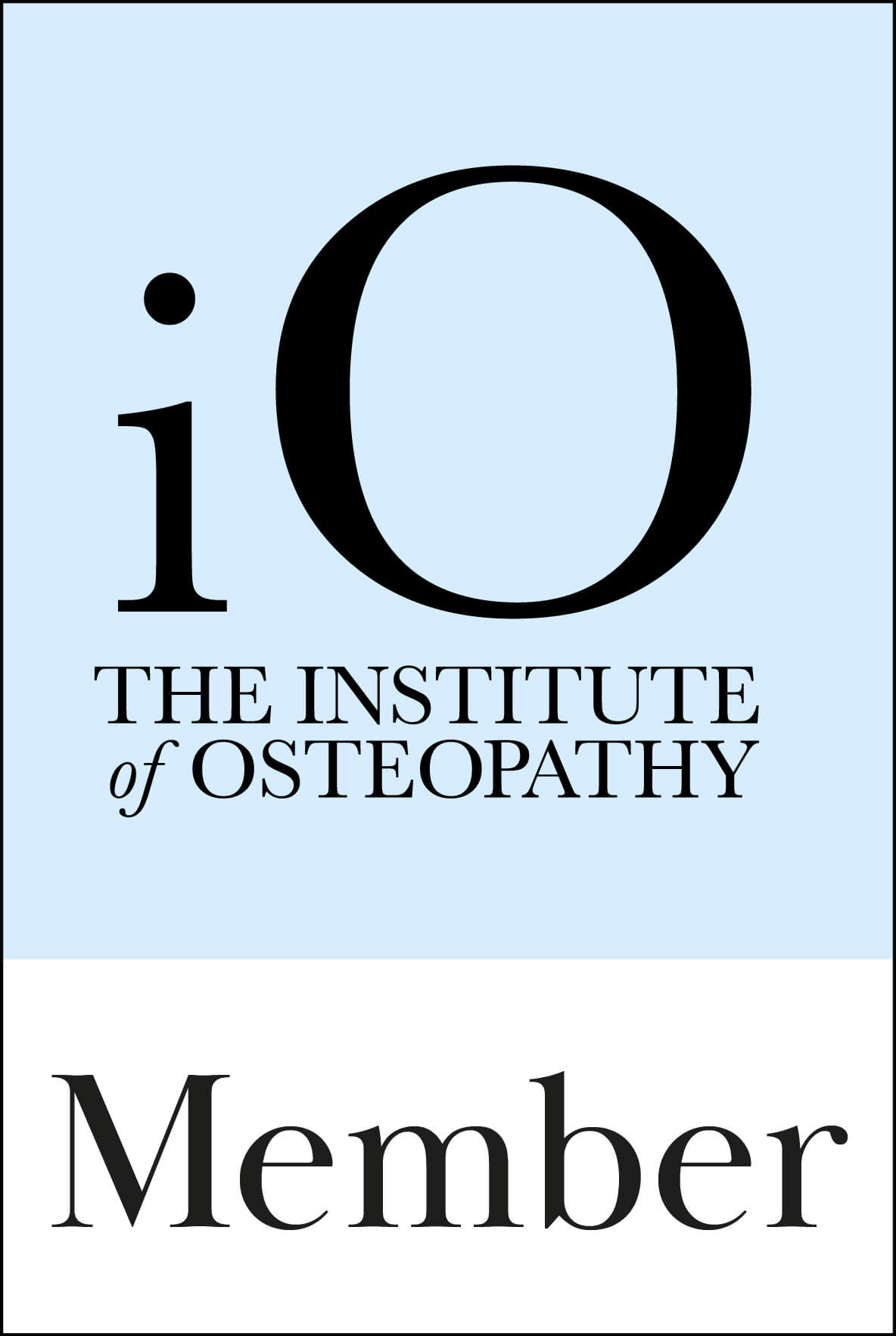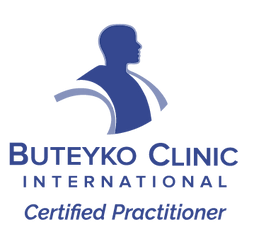Is Stretching Bad for You? Why It Can Cause Injury – and Who Should Avoid It
Stretching has long been considered essential, whether you’re an athlete, someone recovering from an injury, or just someone who remembers their PE teacher yelling, “stretch it out!”
But is stretching actually good for you? Recent studies and clinical experience raise a deeper question: Is stretching bad for you, or have we misunderstood what our bodies really need?
Let’s unpack this, but maybe don’t bend over and hold that position for 60 seconds just yet.
Postural Tension: The Hidden Framework
Before we even think about stretching, we need to understand what we aim to achieve. Many people stretch because they’ve been told it’s good for them or because their friends do, and they do not want to be left out. However, each muscle in the body serves a different purpose, and not all should be stretched. Some muscles are under constant, essential tension to keep us upright, much like the cables in a suspension bridge.
This baseline tension, known as Human Myofascial Resting Tension (HMRT), differs between individuals and is essential to prevent us from collapsing like a Jenga tower. This tension extends from the ground through the tongue to the head. We will explore the tongue in upcoming articles. When we stretch muscles designed to help us stand tall, we risk disrupting the delicate equilibrium that keeps us upright and energy-efficient.
Even more concerning – and one reason why stretching may be bad for you – is that when posture muscles tire, the body begins to compensate. One muscle takes over for another, which takes over for another. Years later, your movement patterns are as messy as a teenager’s bedroom – layered compensations masking deeper dysfunctions.
Physics reminder: the closer a muscle is to your centre of gravity, the less energy it requires to activate. Suppose you disrupt this and recruit muscles further away (hello, superficial muscles). In that case, your body has to work harder to maintain balance, and we all know that effort leads to fatigue, which in turn can cause injury if not addressed.
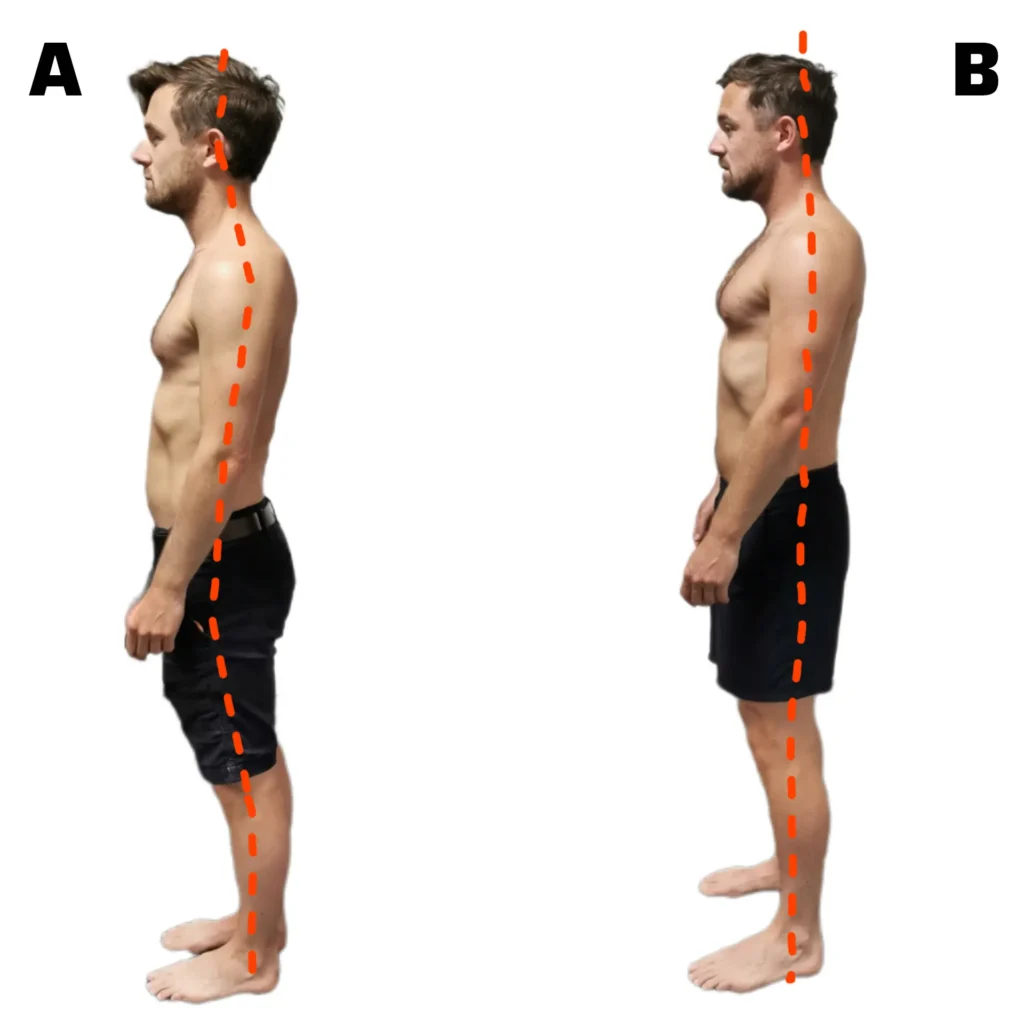
Meet the Fascia: The Body’s Unsung Hero
Let’s talk about fascia. You might recall “muscle contraction” from high school biology, but what about fascia? It was once dismissed as the body’s bubble wrap. Now, it’s the star of the show.
Fascia connects everything and is present almost everywhere in the body. It links your toes to your eyes. It’s a sensory organ more densely packed with nerve endings than your eyes (300 million compared to 200 million). It senses emotions and energy, both yours and others’. How generous! Fascia can also store emotions if they are not addressed. When people say they have butterflies in their stomach, guess where that sensation originates. The fascial system helps the body communicate without involving the brain if evaluated as unnecesary, at a rate five times faster than nerves. Dr. Andrew Taylor Still, the founder of Osteopathy, famously said:
“The soul and spirit lie within the fascia.” Deep, right?
Fascia contains various receptors that detect everything in the body and inform the brain about what’s happening: where our limbs are, how tense things feel, and yes, it responds to your beloved stretches.
But here’s the catch: when you stretch constantly, your fascia might give in, not because it’s healthy, but to keep the peace. It’s like a roommate who’s stopped arguing about the dishes. One day, though, the system says, “enough”; injury follows – a hidden cost when stretching is done excessively or improperly.
Tearing, Scars, and False Zen
When you stretch, you’re not “lengthening” a muscle. You’re pulling at a myofascial compartment like a piece of paper – eventually, it tears. That’s trauma, followed by scar tissue and a new “normal.” Do this three times a week, and guess what? You’re training dysfunction. It is like wearing your favourite sweater all the time.
What will happen to the elastane over time? It stretches out and never returns to its original shape. Suddenly, your size small sweater becomes extra large. The same elastic fibres govern the elasticity of fascia.
Worse still, stretching releases feel-good hormones. However, when those hormones cease to appear, your Zen transforms into a slog. What was once a peaceful yoga session becomes a trap. The receptors in your body start to say, “He/She’s always stretching, I’ll just stop resisting.” That’s not progress. That’s surrender.
One day, you try to lift something small like a pencil, and your body cries out: “Who does he/she think I am?!” Then, the body becomes injured because there are no receptors to quickly stimulate muscles and create a sequence of tension that prevents the spine from overloading.
Flexibility: A Gendered Conundrum
This will ruffle a few feathers: Who stretches more men or women? You already know.
Women often choose yoga, Pilates, and aquarobics, gentler forms of exercise. Few lift weights; historically, they did not have to. However, as men began to weaken (yes, I said it), women had to start lifting too. But we won’t poke that beast today.
Women are also naturally more flexible, yet they tend to do the most stretching. Hormonal changes, like monthly cycles and menopause, make things more complicated. These fluctuations increase joint laxity, decrease muscle-building ability, and raise the risk of brittle bones. So, although women focus on flexibility, what they really need is strength.
Meanwhile, men, often more rigid, tend to prioritise strength over mobility. This was effective during times when heavy labour was common, but is less relevant today. Excessively stiff bodies can lead to dysfunctional breathing, high blood pressure, and eventually, injury.
So, What Should We Do?
Now here’s where it might sound like I’m contradicting myself, but bear with me.
We need to be both flexible and stiff, depending on context. The answer isn’t all-stretch or no-stretch – because the truth is, stretching isn’t always good for you. It’s something I call strength-flexibility, and it starts with knowing your body. Should this part be stretched, strengthened, or left alone? Imagine movement not as effort, but as a ballet with a load. Graceful, strong, flexible. That’s the goal.
Here are some steps:
- Find a skilled myofascial therapist (such as an osteopath or bodyworker) or a functional trainer who views the body as a unified system, rather than just a collection of muscles.
- Use a massage ball or foam roller. Great for self-myofascial release, this is a cost-effective option, and YouTube offers numerous tutorials. The foam roller should be used at the beginning and for individuals with low pain tolerance. Before you start, you must discuss this with a qualified person.
The Strength-Flexibility Paradigm
For years, the dogma was that stretching would help you reduce back pain and improve movement, but the rise of fascial science has rewritten the anatomy textbooks. Muscles aren’t isolated parts. Everything is interconnected. So, when you’re stretching your hamstrings to prevent back pain, you might have inadvertently triggered it, as they are directly linked to the back. Hamstrings lose the necessary tension for pelvic stability, and where the tension will be transferred, to your back.
Want research? Static stretching for longer than 60 seconds reduces strength by up to 10%. Stretching improves your tolerance to the stretch, not the extensibility of the muscles. They are just longer and functioning less. And no, it hasn’t been proven to reduce injuries. Let that sink in.
As we age, we become less active and produce less collagen and elastic fibres, which can lead to dehydration and stiffening of the fascia, resulting in pain, joint stiffness, and an overall weaker system. The solution? Restore your fascia’s elasticity through targeted and varied movement. The body hates routine and repeating the same patterns over and over.
Final Thoughts
Let’s not aspire to be like the Fantastic Four’s Mr. Spaghetti, nor The Rock (the character, not the actor – though both are stiff in their own way). Balance is your best friend.
Ignore the noise. Befriend your fascia. It’s alive. It’s your inner GPS, your partner in every movement, every emotion, every moment.
Step back and listen to your body, not YouTube’s latest guru or the wellness influencer doing headstands on a beach. Your future self, 20, 30, 40 years from now, will thank you.
